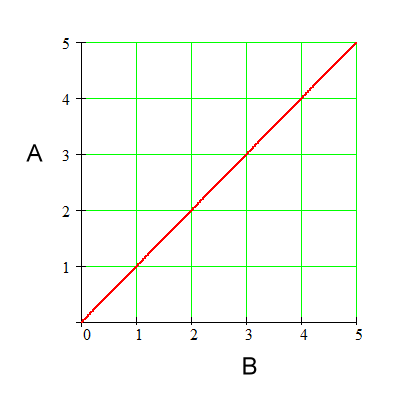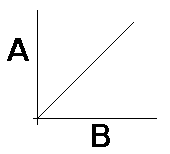Reflection
I realized I have not done a reflection of myself and my growth in a while. Today, I want to focus on more of the last group discussion and smaller group discussions.
First of all, I particularly do not like class discussions. I feel like there is too many dominant voices and that it can be confusing, when I do get the concept. When I feel I have something to add, a more dominant voice will over power mine, and get to talk. Then, I have nothing else to say. I personally feel it is too many voices. I feel the hour goes by really slow, even when I do participate. It is not the fact that I do not like physics. I love physics and I love the hands on labs performed. Discussions have helped me learn certain questions I had, but overall, I think they are too long and too many voices at once. Now, I have to find a way to be more involved or have more interest in these discussions:
- I can start taking more notes or do something to keep me busy. In history, I take notes during the lectures that last the entire class. It keeps me thinking and busy. It is hard for me to sit still for so long, so I can get my mind off of it that way.
- I should get out some of my energy before class. I need to walk a little bit more to get some energy out and so I can be more attentive in class.
- If it is a big problem, and I really can't concentrate, I should go take a quick walk, get a drink, and come back. It will be a short enough of time so I can regain focus, but also short enough so I do not miss an entire chunk of the conversation.
- I can participate more.
- We can communicate more easily. For example, if someone is confused, we can have the problem be discussed right away.
As far as growth goes, I have learned a lot about learning. I have figured things out for myself. I feel this self achievement that I have never had from a school subject, because instead from figuring it out from a list of steps, I am doing it myself, and also collaborating with different people. Physics is one of my favorite classes and I really appreciate all the hard work that is completed.
In conclusion, I think this reflection has really helped me realize the strengths and weaknesses I have, and what I need to work on for the future.




